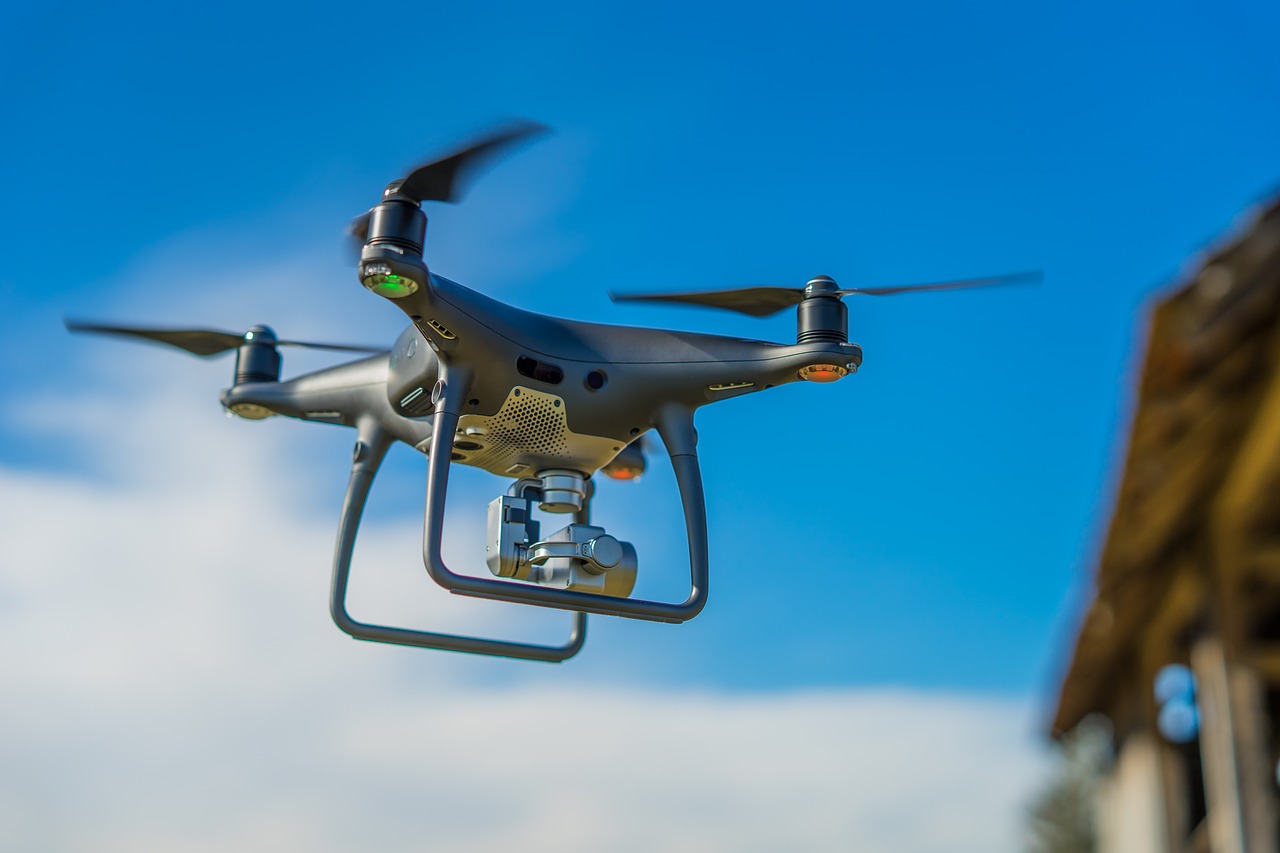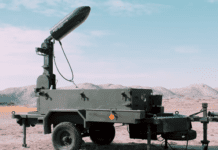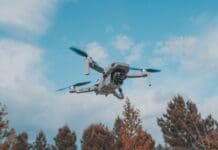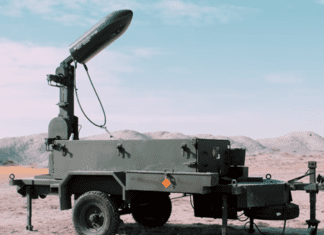This post is also available in:
 עברית (Hebrew)
עברית (Hebrew)
The danger emanating from cheap, commercial drones has become more and more challenging. Small drones can interfere in air spaces causing damages and can be deadly, aiding adversaries in serious operations such as lasing targets for fires or collecting intel or becoming a weapon itself. Technology development in autonomy and artificial intelligence is making swarming drones even easier to coordinate and integrate into operations. The US military has been increasing its efforts to confront this threat.
The establishment of a common threat picture, architecture and protocol across the defense services will be the focus of a new US strategy to counter increasingly complex small drone threats. The policy also calls for stronger coordination between federal agencies in the US and with allies and partners abroad.
US military leaders approved a set of requirements to help counter small unmanned aircraft systems in late September 2020. That move created a path for the development of materiel and non-materiel solutions to work within a common command-and-control system.
The requirements were developed by the newly established Joint Counter-sUAS office — or the JCO — led by the Army that has been tasked to round up the plethora of C-sUAS systems — over 40 items.
Additionally, the JCO was directed to develop a joint strategy that focuses on an evolving and growing threat and to manufacture long-term solutions that are designed to address the threat.
For now the office has picked three systems-of-systems approaches — one from each service — for fixed and semi-fixed sites, settling on the Light-Mobile Air Defense Integrated System from the Marine Corps as a mounted or mobile system; Bal Chatri, Dronebuster and Smart Shooter for dismounted, hand-held systems; and one command-and-control system.
The strategy focuses on appropriate solutions for the homeland, in host nations and during contingency operations.
The strategy consists of three lines of effort to help diffuse the world-wide drone threat: “Ready the force, defend the force and build the team.”
Among other aspects, to prepare the force, the Pentagon plans to coordinate the development of threat assessments that inform both current and future requirements at the joint-level. This includes establishing enduring intelligence requirements and priorities.
The Pentagon also needs to synchronize science and technology investments and accelerate development of key technologies. These technologies have to work in the homeland and in host nations where forces operate.
The capability also must have a common information sharing architecture that “draw[s] from standardized interfaces that enable joint and multilateral information sharing that is interoperable and capable of plug-and-play,” the strategy states.

























